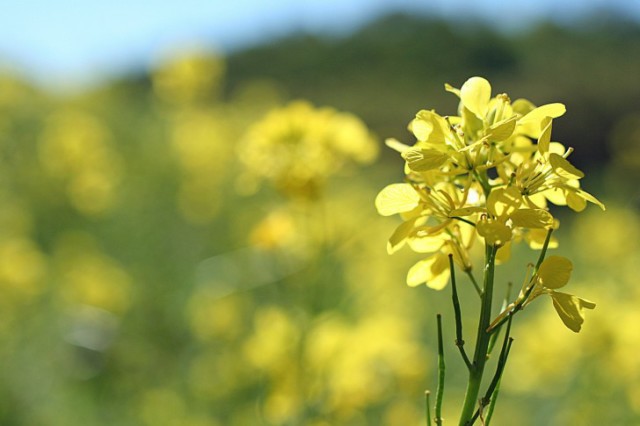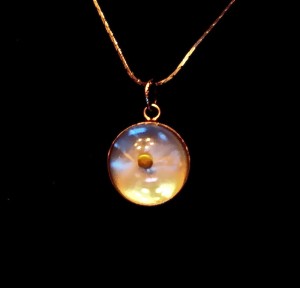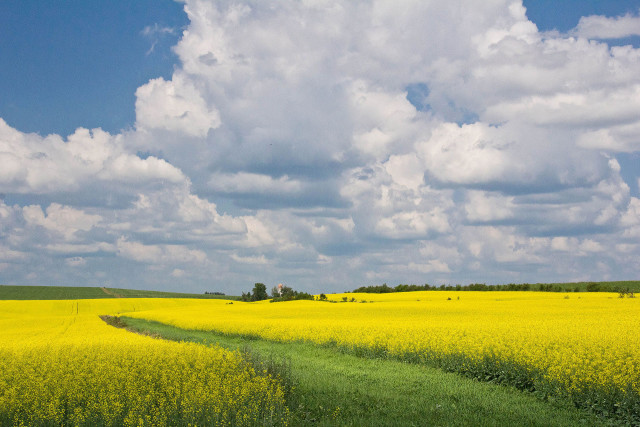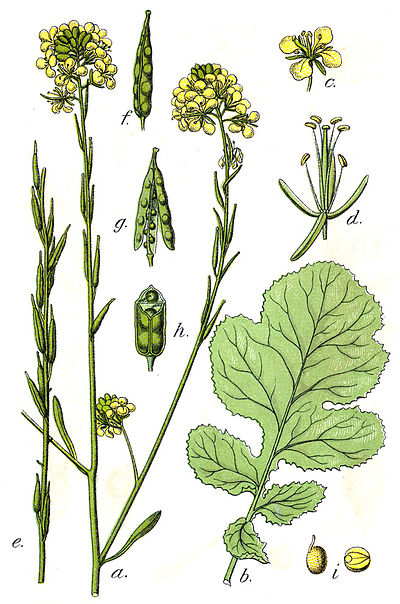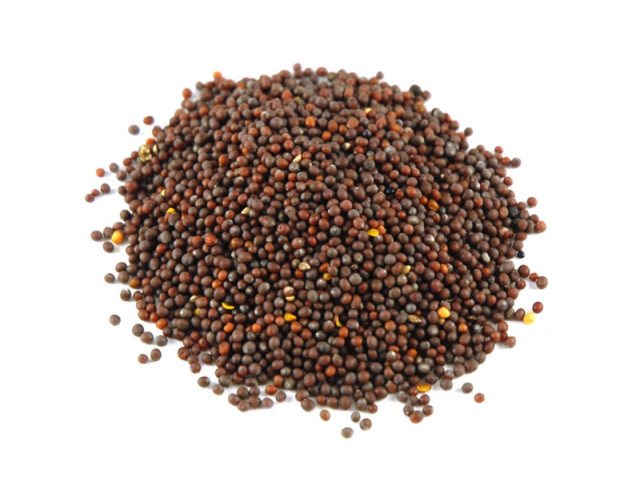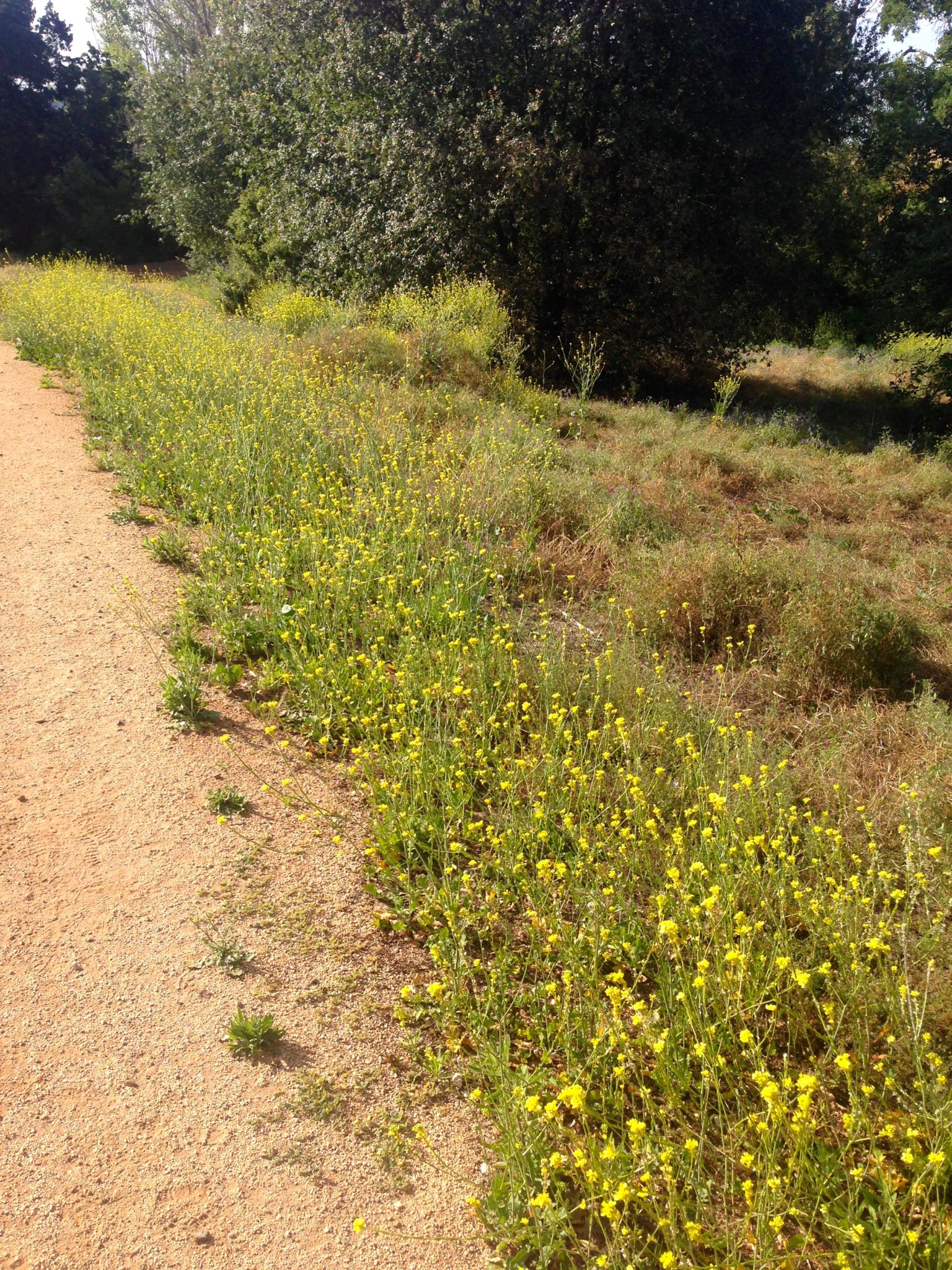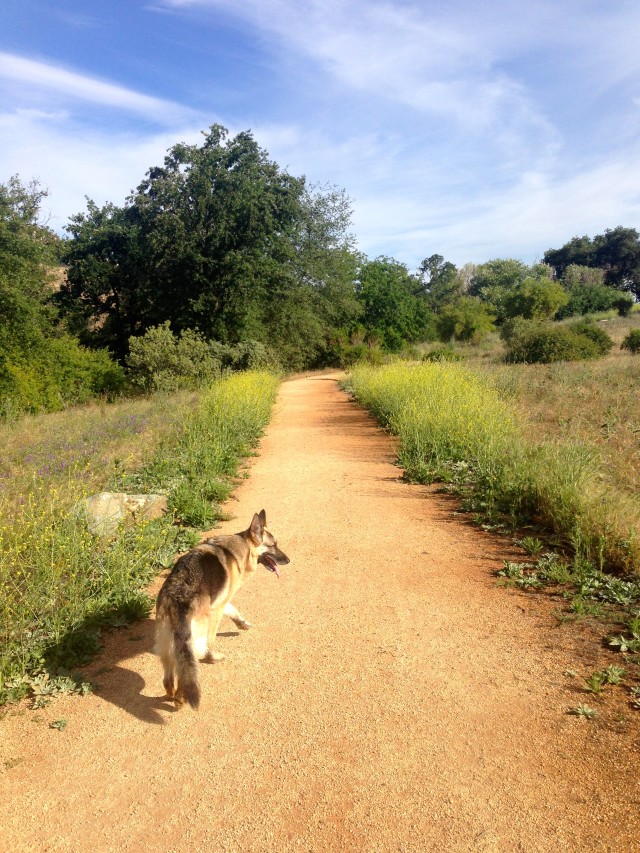When I was about ten years old, I had a small glass locket with a mustard seed in it. I can’t remember where I got it, but I was fascinated by it. I knew it had something to do with faith. Plus, I’m a naturalist — I love to collect things of nature. Funny thing, I don’t know what happened it.
About four years ago, I had to give a talk on Sunday — and the bishopric gave me the topic of “nurturing the seed of faith” — along with a talk by Elder Scott. First of all, I do not believe in “re-giving” someone’s talk. Luckily, the counselor added — “and whatever experiences you may have had.” I read the talk and enjoyed it but I knew that everyone would be bored to tears if I just repeated what they heard at conference. Read the talk or listen to it anytime, there is no need for me to give the same talk. He has great counsel, but I need to learn something new.
When I begin to prepare a talk, one thing, for sure, I don’t want everyone falling asleep when I’m up there at the podium. (But the part of my talk that everyone enjoyed was about Abraham.)
I studied the scriptures to see what they had to say about the mustard seed and faith. And I realized that Christ does not talk about it that way.
Most people get confused about the mustard seed parables in the scriptures. We often think Christ is telling us to plant the small mustard seed of faith and it will grow into a giant tree of faith — we equate the small mustard seed with a tiny bit of faith, and if we plant it and nurture it, that the mustard seed of faith will grow into a big tree.
But that’s not what the scriptures really say. In fact, mustard seeds do not grow into trees.
I have heard Hugh Nibley say that the mustard seed represents a real seed — you need a real mustard seed, (and not a grain of sand) — and then you can move mountains. So the idea that small equates with small miracles and big equates with big miracles is not true. Actually,
If ye have faith as a grain of mustard seed, ye shall say unto this mountain, Remove hence to yonder place; and it shall remove; and nothing shall be impossible unto you. (Matt 17:20)
When the apostles asked Christ to increase their faith, he explained:
If ye had faith as a grain of mustard seed, ye might say unto this sycamine tree, Be thou plucked up by the root, and be thou planted in the sea; and it should obey you. (Luke 17:6)
You know when fear and doubt creep into your mind and heart — that’s not faith. Enzio Busche shares a good example of what happens when you fear. Christ wants us to understand what faith is — because it is something real, so if you have it, you can move mountains.
In the early days of the church, in Kirtland Ohio, Joseph started a school of the elders and they put together something called the Lectures on Faith. They used to be part of the Doctrine & Covenants. The lectures address the topics: 1 – what is faith; 2- the object upon which faith rests; 3- the effects which flow from faith.
At various times in my life I have searched to know how to have faith — usually when some sort of crisis presents itself, like when I had heart palpitations for ten years.
The mustard seed is also used in parables to represent the kingdom of God. When it is sown, it grows to become a great herb and the birds rest under it. (Mark 4:31)
Matthew tells the same story, only it is recorded slightly differently — saying that the mustard seed represents the kingdom of God and though small, it grows into a big tree and the birds can sit in its branches. (Matt 13:31)
So you can see why some people get the mustard seed parables confused. There is no mustard tree. Only a mustard plant, that can grow upwards of nine feet. But there are no big branches. And birds would only be able to find a little shade underneath it.
When we talk about faith as a mustard seed, what Christ was saying, is that when you have faith, real faith, you can move mountains. A real mustard seed produces a mustard plant.
As you can see, mustard grows wild, and in very draught conditions. I saw some along this path that was about 4 ft tall. And the only thing I have seen resting in the branches are a little mouse called a vole. The tree in the background is an oak.
Originally posted May 2015.

